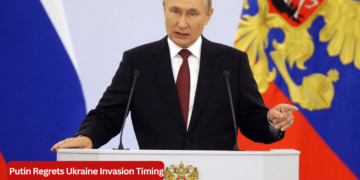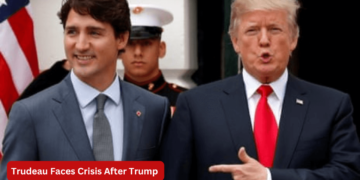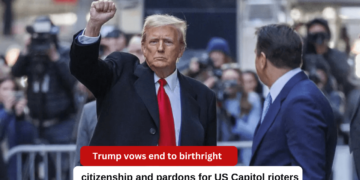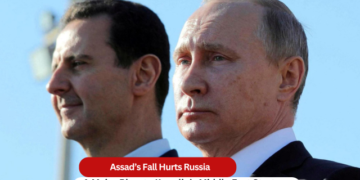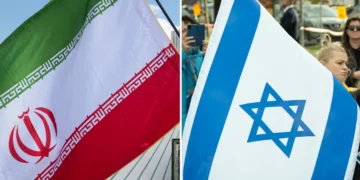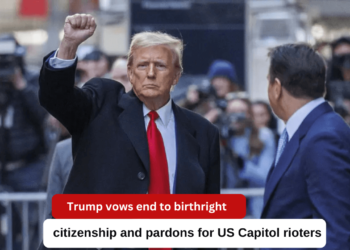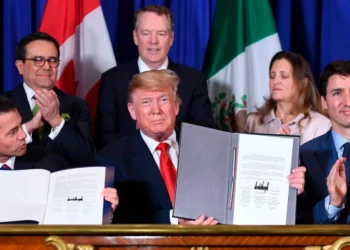Columbia University has long been a crucible of political activism, with its vibrant student body voicing opinions on global and local issues alike.
The university’s rich history of activism provides a backdrop to the recent protests related to Gaza, reflecting a continuation of its commitment to social justice and political engagement. This section delves into the origins and development of political movements at Columbia, setting the stage for a deeper understanding of the recent protests concerning Gaza.
Columbia University Gaza Protest
The Columbia University Gaza protest emerged as a significant event, drawing attention from both the campus community and external observers. Initiated by students concerned about the geopolitical tensions in Gaza, the protest aimed to raise awareness and urge institutional action. Key figures within the student body spearheaded the movement, organizing rallies and speaking out on social media platforms. The university’s response, balancing between upholding free speech and maintaining order, sparked discussions on the limits of protest within academic settings.
Analyzing the Impact of the Gaza Protest on Campus Life
The protest not only stirred debates on foreign policy but also affected the daily life and atmosphere on campus. Students participating in or observing the protest reported a charged environment, where discussions extended beyond the rallies into classrooms and dormitories. The university administration had to navigate these waters carefully, addressing the concerns of protesting students while ensuring that academic activities continued unhindered.
- Student Protests Sweep U.S. Campuses Over Gaza Conflict: Columbia University’s Tense Standoff Leads to Nationwide Movement
- Tensions and Talks: The US-Israeli Dialogue on Rafah’s Future
The Broader Context: Columbia University in the Global Discussion
Columbia’s protests do not occur in isolation. Similar demonstrations at other universities across the globe provide a comparative perspective, showcasing a rising trend of student involvement in international politics. Media coverage of these events often shapes public perception, which in turn influences university policies and the strategic use of social media amplifies voices from the campus to a global audience, further entrenching the university in the worldwide dialogue on human rights and political advocacy.
Legal and Ethical Considerations
The legal framework surrounding university protests is complex, involving questions of free speech, public safety, and the right to assemble. Ethical considerations also come into play, particularly regarding the impact of protests on non-participating students and the broader community. This section explores these dimensions, providing a nuanced view of the interplay between rights and responsibilities in the context of university-led activism.
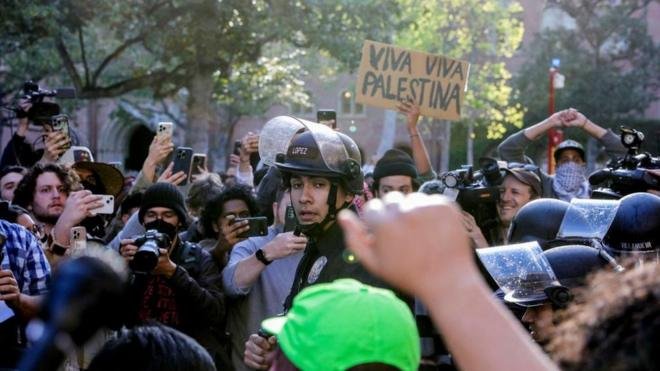
Community and External Stakeholder Reactions
The reaction to the Columbia University Gaza protest extended beyond the campus, affecting alumni, local businesses, and prospective students. Alumni expressed diverse viewpoints, ranging from support for the student activists to concerns about the impact of protests on the university’s reputation. Local businesses experienced both positive and negative effects, while prospective students and faculty considered the university’s political climate in their decisions to join the community.
Looking Forward: The Future of Activism at Columbia
Drawing lessons from the Gaza protest, this section speculates on the future of activism at Columbia University. It discusses potential strategies that students might adopt to ensure that their activism is sustainable and effective, while also considering how the university might shape its policies to better accommodate student activism in the future.
Conclusion
The Columbia University Gaza protest is a testament to the ongoing engagement of students in global political issues and their willingness to use their voice to influence both university policy and broader public opinion. As we look forward, the lessons learned from this event will undoubtedly shape future movements, not just at Columbia but across higher education institutions worldwide.


